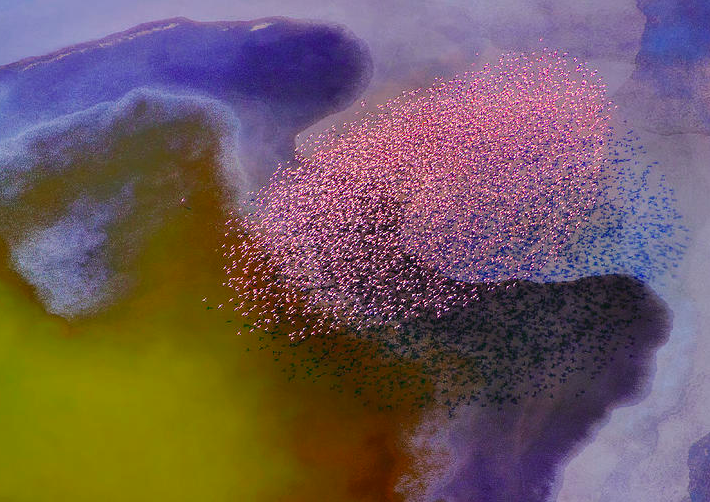1.
INFO
2. CURRENT
3.
PAST WORK
4.
APPROACH
5.
RESEARCH
6. BOOK!
︎︎︎ Join my newsletter
︎ View the full site on your desktop browser
APPROACH
For those of us who like to geek out on the how of things, on this page, I unpack the guts of my work. I first foreground why it matters socially and culturally.My approach was developed in professional and academic contexts in New York City and Melbourne, Australia.
What’s at stake?
When we do social and politicized work, what we do in practice and what we commit to in theory constantly influence one another. Together, these two things can generate momentum and create congestion—ultimately, they give shape to what we produce.This has real implications at home, across institutions, with neighbors, and in our contemporary realities: The principles an organization claims to stand by are in deep conflict with how daily meetings are run; We break an agreement with housemates to wash the dishes and exacerbate waning trust between us; You know, ancestrally, how to manage grief but you find yourself depending on institutions that you know have a history of harming your family. Western systems, workplaces, and schools enforce the separation of knowing and being, making it disturbing for many of us to navigate.
Both my professional and academic careers have been consistently concentrated on investigating theory and practice, values and actions, knowing and being, the abstract and the concrete. What’s come of these past ten years are methods, processes, frameworks, and sensibilities for handling theory and practice in westernized contexts.

Image credit: Philip Chang 2018 | Tanzania
OUTCOMES
︎
What results from using the tools, processes, and frameworks.
- Precise evidence locating where and when creative practice intersects with social impact
- Capacity to notice and read the ever-emerging tensions between our everyday realities and abstract beliefs
- Deepened self-accountability
- Fluent language for describing the goings-on between theory and practice
- Matured politicized commitments
- Collective and personal shifts
TOOLS
︎The hands-on methods and materials I use with participants and collaborators in my practice.
- Design-led methods
Exercises repurposed from industrial design, visual communication, architecture, and transdisciplinary design practice.
- Art-led methods
Creative materials and the practitioner’s proficiency in using their respective materials—for instance, code, body movement, or fibers.

PROCESSES
︎Ways to make visible the intangible values, theories, and principles that need attending to.
- Interiority
Creating protected space to attend to the structures of interior life—things that are home, private, inner, embodied, intersubjective, and illegible to others. What is personal is political.
- Reflexivity
Using critical frameworks to revisit, fragment, and understand our past experiences.
- Materialising
Making visible and tangible what’s intangible—our values, principles, commitment, knowledge, emotions, and culture.
- Abstraction and metaphor
Through a unique balance of distance and familiarity, metaphors make it possible to engage with the ethos of theory and the concrete everyday at once.
- Lateral thinking and speculation
The ability to imagine despite an overwhelming number of unknowns. We can draft speculative illustrations cast two days, two months, ten years into the future. From there, we can reverse engineer what we want, need, and do in the present.
FRAMEWORKS
︎The behind-the-scenes architecture that grounds the Tools and Processes described here. The lineages that make this work possible. See Research for more.
- Doing theory, thinking practice
Cultural studies, performance studies, queer theory, and critical autoethnography help us articulate the mutually influential relationships of knowing and being—and the institutions that police and maintain this binary.
- Criticality
Critiquing through the contemporary capitalist westernized imperialist realities in which we live and building otherwise and elsewhere. Black studies and Black critical thought equip us with the words and potential towards liberation and abolition.
- Practice-led research
Approaching inquiry in an iterative and emergent fashion by drawing from professional design practice. Prioritizing the epistemic depths of creative, artistic, and design processes; decentering scientific and theoretical research as the standard approaches for inquiry.
- Undisciplining
Critically analyzing the ongoing disciplinary territories in which we are entrenched. Operating under false pretenses, with bad documents.